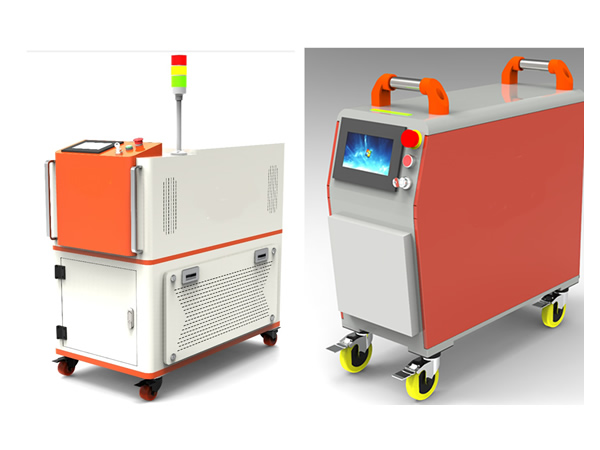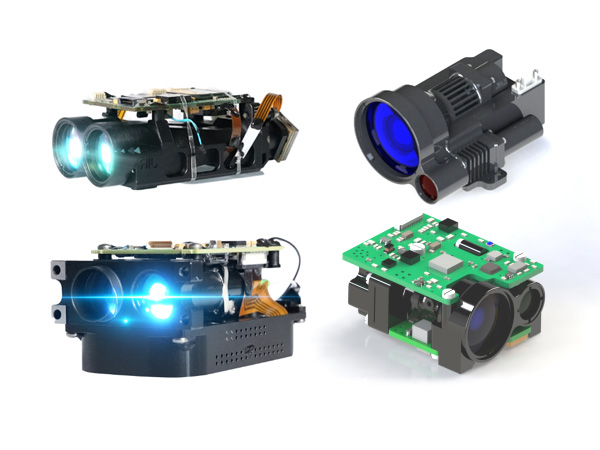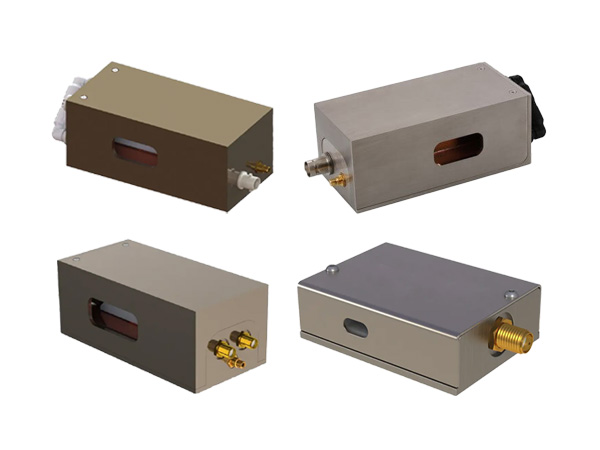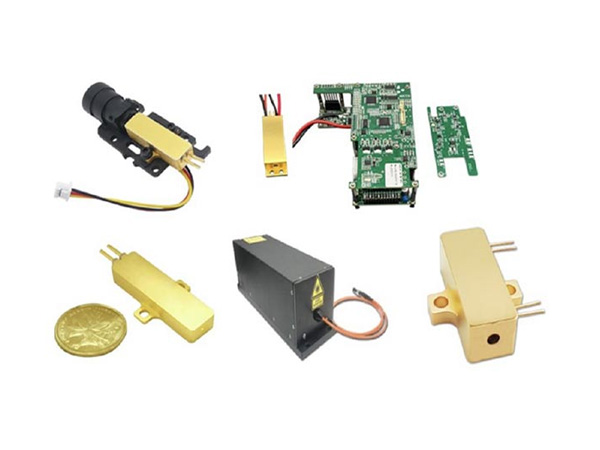Lasers for Quantum Technology
Already many organisations rely on atomic clocks for their most accurate measurements of time and there is a large scale movement to take quantum gravimeters out of the lab and into the field in order to monitor ice sheets and magma flow in volcanoes.
The possible applications are widespread. The industrial cost for oil exploration companies to find one leak within thousands of miles of pipe running at the bottom of the sea is exorbitant. GPS is now used every day in cars, phones, or most recently in IoT smart devices. But what happens if you enter a long tunnel, or want to dig deep underground?
Current technologies lack the accuracy required to help you navigate in such circumstances but ‘Positioning, Navigation, and Timing’, or PNT for short, is one of the key technologies being developed as research into Quantum Technologies progresses.
Quantum technologies concentrate on the use of precisely stabilised particles or atoms, whereby knowing the properties of these atoms help us improve measurement accuracies of time and space. In order to be able to interact with these atoms, they first need to be slowed down, or ‘cooled’, so that they can be examined more thoroughly. For both cooling atoms and examining them, highly coherent light is used, such as a diode-pumped solid-state (DPSS) laser.
In quantum applications, the narrower the linewidth of the source, the better the signal that can be expected from the atoms. It is also important to choose wavelengths that are relevant to the atom to be trapped.
With the development and miniaturisation of optical lattice clocks, GPS accuracies below the millimetre scale can be achieved. Due to the precision of these devices, they are also expected to be self-sustaining, omitting the need for constant satellite communications. Quantum sensors, another branch of QT applications, have the potential to improve current gravimetry and magnetometry applications, both of which can be utilised to detect underground structures or even find objects in the deep sea.
UniKLasers works closely with the quantum industry to supply ultra-narrow linewidth, high power lasers at the specific wavelengths related to the exact atomic transitions targeted for these applications, including our Solo 780.24 QT Series for Rubidium and Solo 698.4 QT Series for Strontium. Our technology ensures unrivalled power and wavelength stability during prolonged operation.
UniKLasers has a track-record of successful collaborations with industrial and academic partners working towards QT applications, such as ‘MINUSQULE’, ‘Pioneer Gravity’, or the most recently announced ‘QT Assemble’ consortium project. For more on these industry collaborations, please contact us by email. For more information on the lasers, please click here.
 English
English Français
Français Deutsch
Deutsch euskara
euskara Русский язык
Русский язык Italiano
Italiano Português
Português Nederlands
Nederlands Polski
Polski Greek
Greek Lietuva
Lietuva Türkçe
Türkçe 日本語
日本語 한어
한어 中文
中文 தாமில்
தாமில் فارسی
فارسی हिंदी
हिंदी Tiếng Việt
Tiếng Việt ภาษาไทย
ภาษาไทย Pilipino
Pilipino Indonesia
Indonesia தாமில்
தாமில்





